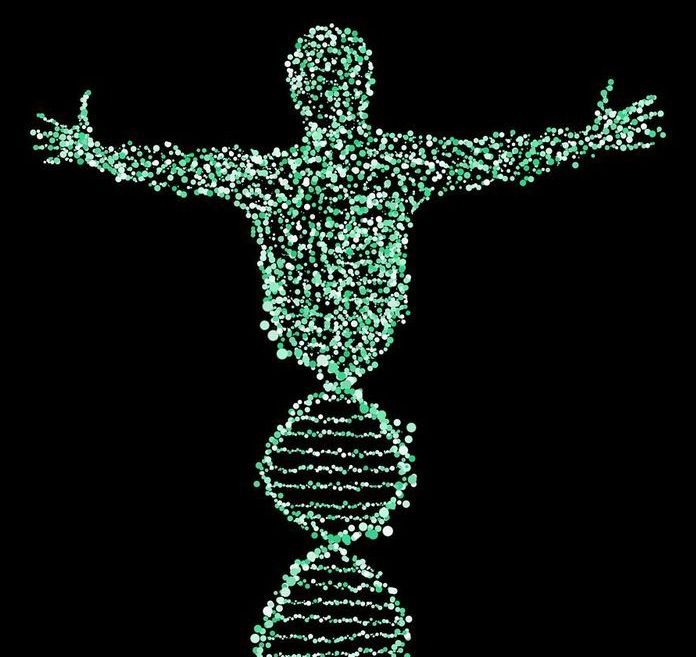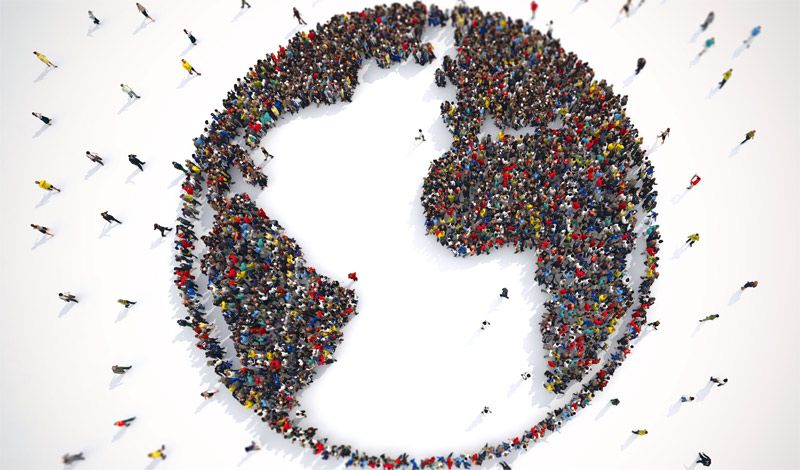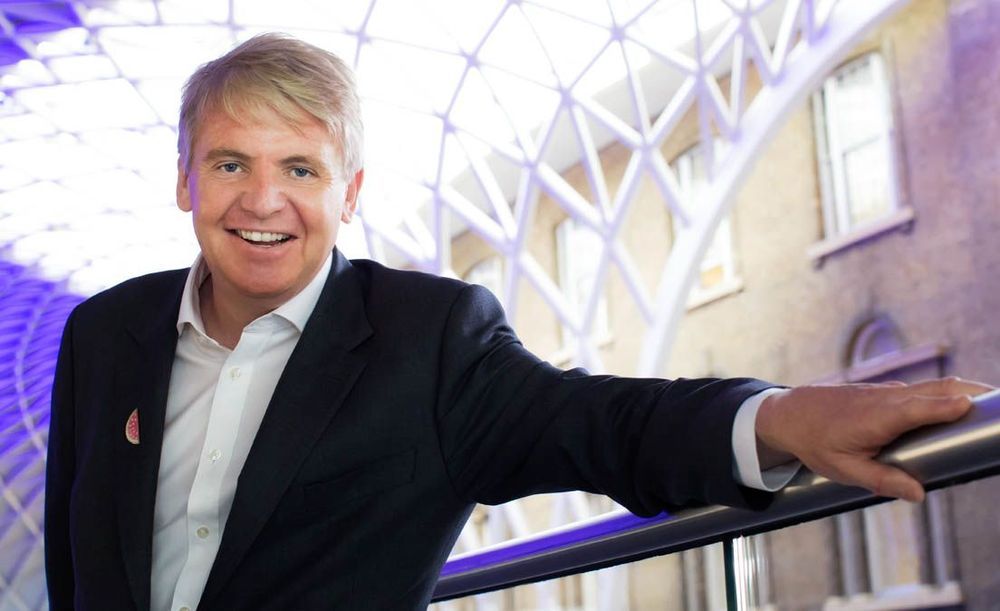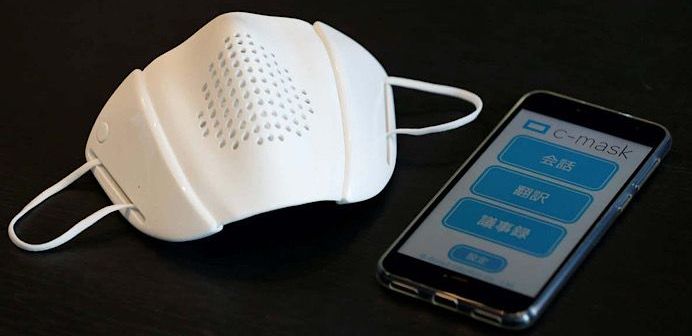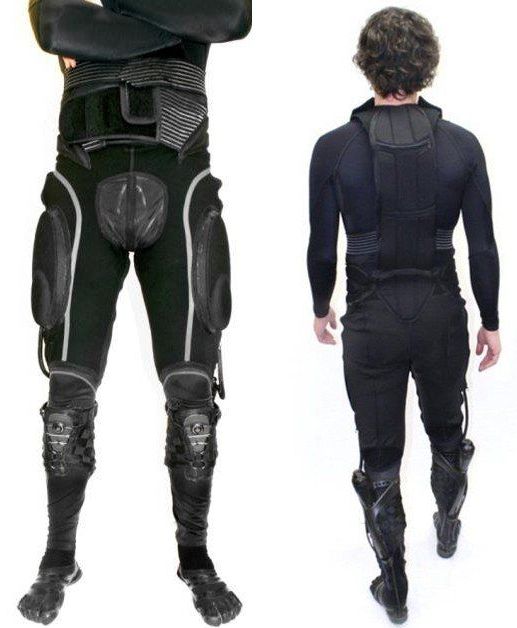For the first time, scientists have determined the complete sequence of a human chromosome, namely the X chromosome, from ‘telomere to telomere’. This is truly a complete sequencing of a human chromosome, with no gaps in the base pair read and at an unprecedented level of accuracy.
A step closer towards the complete blueprint of a human being
The Human Genome Project was a 13-year-long, publicly funded project initiated in 1990 with the objective of determining the DNA sequence of the entire human genome.
